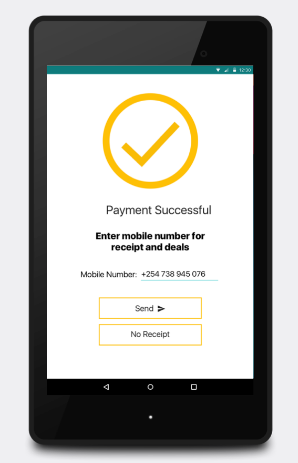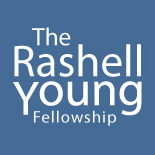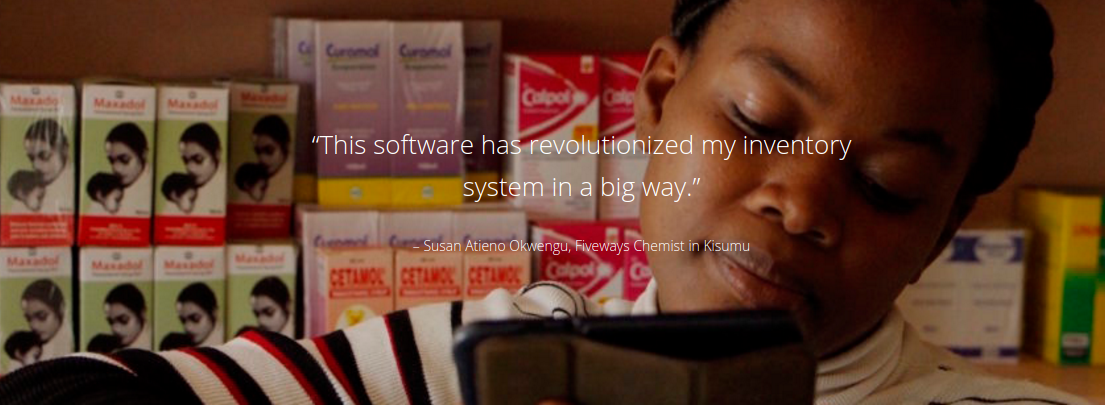Kisumu, Kenya
______________________________________________________________________
The Problem
Globally, 2 million people have no regular access to essential medicines and half of all medicines are inappropriately prescribed, dispensed, or sold. This problem spawns from inaccurate treatment, poor health education, stock outs, poor supply chains, and poor record keeping.
The two stakeholders who play the biggest role in addressing this issue are clinicians and chemists.
Clinicians have to detailedly report to the central government and have patient information in numerous registers. However, lack of education and health infrastructure are problems for patients as well as clinicians. As a result, they don’t always follow (or even know) best practices for treating and diagnosing public health issues.
Chemists also maintain a difficult balancing act. Their point of sale system is can be long and lagging. Beyond that, the process of reordering supplies is a quagmire in itself. These issues of anticipating supply and demand coupled with the issues of maintaining a profitable business put chemists in a tough position.
The Lightbulb Moment
Health facilities have an opportunity to vastly improve quality of care and health outcomes. Once I noticed the overlap in issues between clinicians and chemists, the solution became clear. Improving diagnostic, electronic medical records, inventory, and financial management systems was top priority.
Some electronic health systems have been built for use in resource-limited settings, but they tend to be proprietary products built to serve the needs of an individual NGO or medical group. Other times, they are open-source technologies with too much room for customization. The problem is, neither of these existing solutions work in environments with intermittent data connectivity and electricity.
Tammy’s Solution: MitiHealth
That’s when I began to develop MitiHealth.
With my team, we created an integrated application on low-cost Android tablets for healthcare practitioners and healthcare managers in Kenya. The software:
- Guides diagnosis and subsequent treatment.
- Ensures safe data collection.
- Tracks payments in all parts of the treatment process.
- Monitors inventory of medication, consumables, and equipment.
The software addresses the multifaceted issue above. An overall lack of technology and education has caused healthcare quality to suffer in Kenya. With centralized software, healthcare professionals have the information they need in one place so that they can make better decisions without putting a strain on resources.
MitiHealth’s Evolution & Progress
Since 2013, we continued to both work on the application and evolve the business model into the re-branded Maisha Meds. By building a committed team Maisha Meds has brokered a partnership with IMS, suppliers in Nairobi, and now sells bundles hardware and software bundles to Kenyan pharmacists.
We’ve relaunched the application and are adding new pharmacies each day, have signed partnership agreements with Kopo Kopo, ConnectHealth, MEDS, and PharmNet to use sales data to improve supply chains, offer financing, and provide clinical referrals. 250,000 products have been sold via the system. We’re now funded by the Gates Foundation and
Since receiving funding from the Rashell Young Fellowship, we have sold 250,000 products with this innovative software system. After getting our start with small grants, we’re now funded by the Gates Foundation and Merck, and were recently invited to present the model at Google Demo Day!

